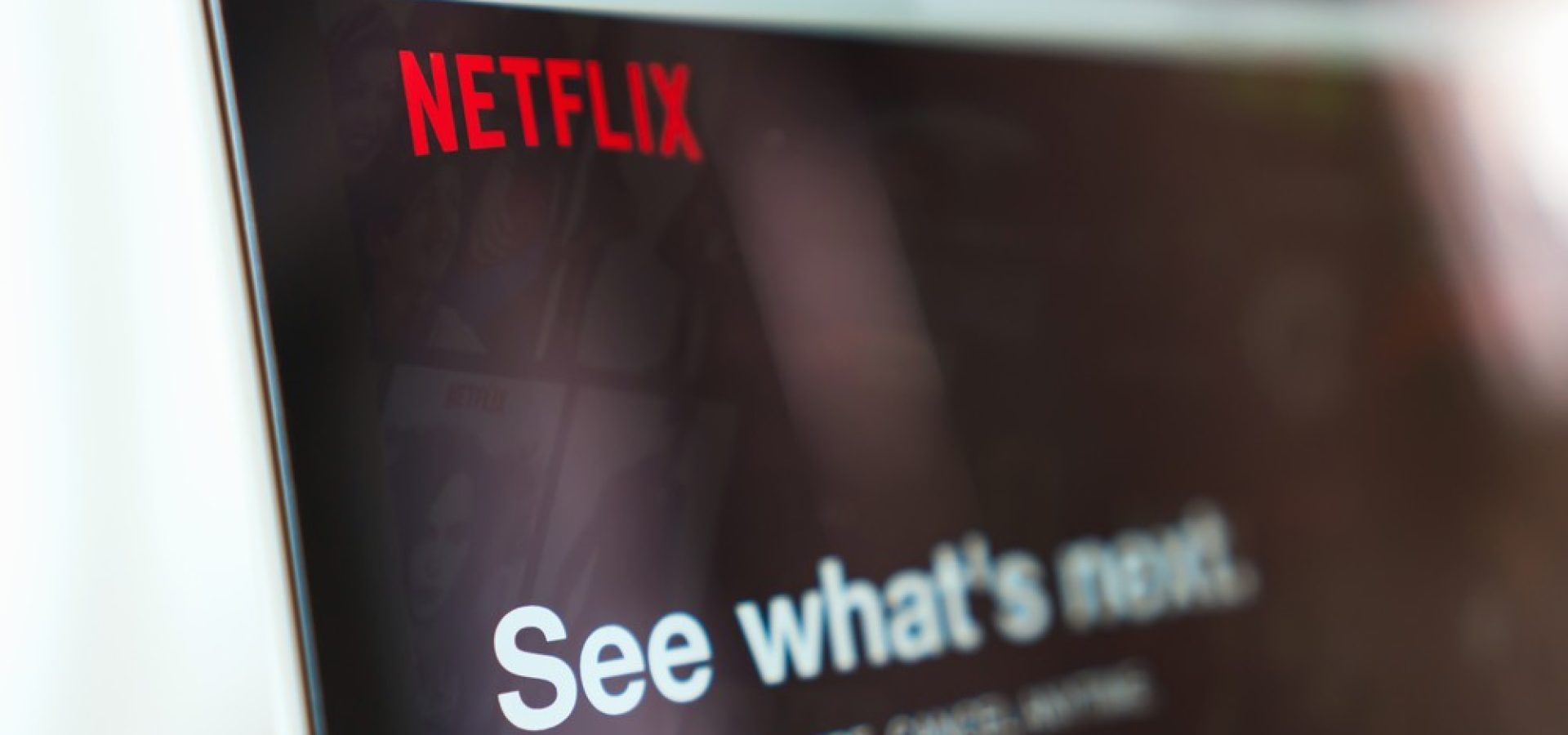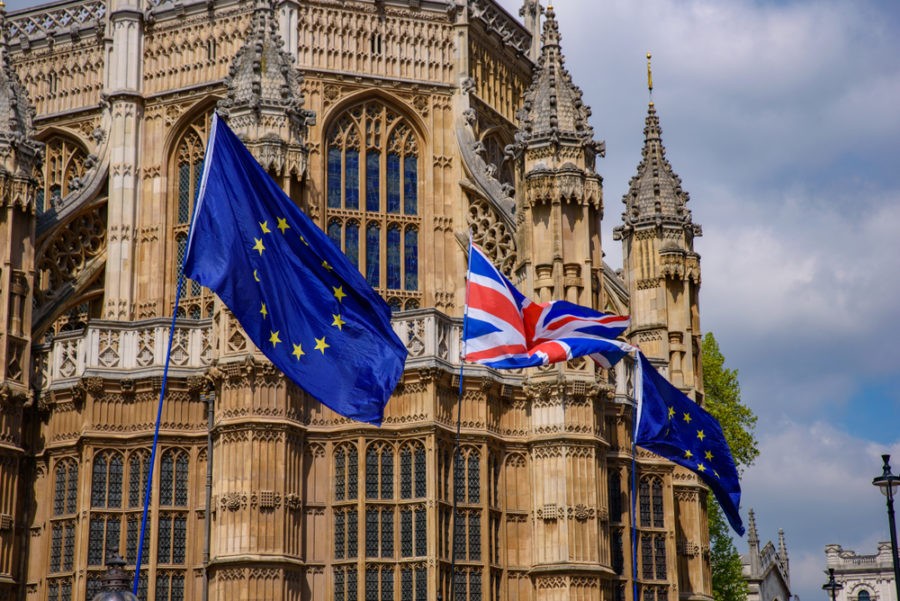As Netflix was getting big, its primary advantage was that it wasn’t cable TV. In a relatively uncontested market, the online service became a giant, instigating a “cable-cutting” movement. It had no ads, let you watch what you want and when you want it, and had a massive show library.
As time went on, however, the ideal state in which it thrived started being impossible to sustain. Competitors sprouted, and with them, licensing issues and show takeovers. Netflix could no longer be the sole provider of its service, which slowed it down considerably.
Next, it earned the reputation of canceling shows after only a few seasons. That additionally weakened its already waning library, along with hurting user sentiment. Paired with fairly consistent price increases, Netflix has lost the firm hold on the #1 position it once held.
And seemingly, that isn’t the end of the streaming company’s troubled development. Recently, the company has had disappointing results, and in an effort to earn profits, it intends to worsen the customer experience. In a return to cable-like features, Netflix intends to reintroduce ads and crack down on family sharing.
It intends to erase the two features that were a crucial part of what made Netflix successful in the first place. Naturally, users aren’t thrilled about this, and the company is fairly likely to continue bleeding subscribers.
Netflix has hired two ad executives from Snap, signaling that it’s firm about its intentions. The ad tier will cost between $7 and $9 and will initially play about four minutes of ads for each hour of content. However, many users feel that Netflix is testing the water before amping up the ad frequency and price.
The demolished user sentiment is apparent when you look at the company’s stock results. For the lat month, the stock has been calm, but year-to-date, it’s down 64%.









COMMENTS